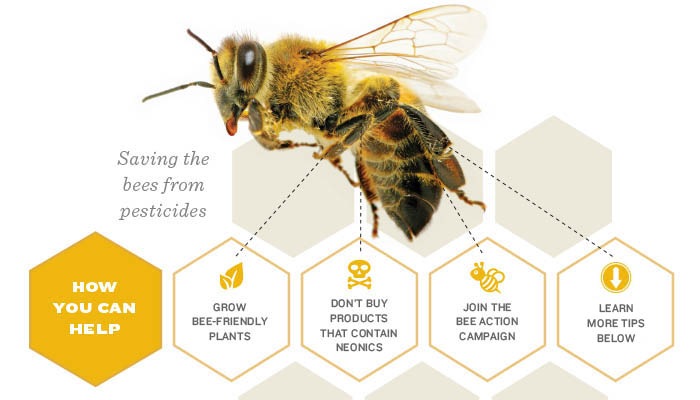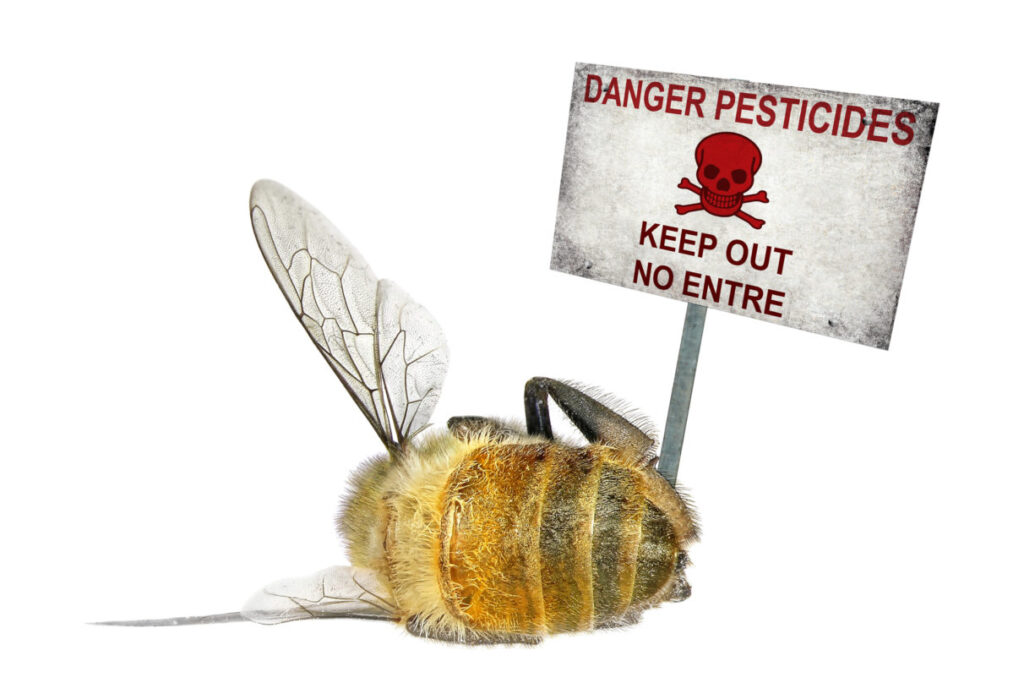
Bee Responsible India
Context.
Pesticide SafetyMobile Phone Applicationfor India and the Region
Protecting pollinators will sustain Indian agriculture and biodiversity
India boasts the highest net cropped area of any country, and at the same time is home to 10% of the world’s species. As its agricultural sector expands to meet a growing world population, the conservation of pollinators will be at the nexus between sustaining crop productivity and India’s great biodiversity. The megadiversity of India’s flora and fauna creates many gaps in our knowledge of pollination networks, including pollinator susceptibility to pesticide applications.
Bee Responsible India is intended tohelp provide farmers and beekeepers with access to scientific information that can help them protect pollinators from pesticides
Accurate information is needed to develop best practices for protecting pollinators from pesticides in India. FoodPrint, an Indian NGO which promotes and advocates sustainable production practices in farming andOregon State University have collaborated together to tailor a mobile phone application entitled BeeResponsible India to provide this information to India and the region.
Bee Responsible India is modeled after an extension publication and app created at Oregon State University.


Who will use the app?
In addition to farmers and beekeepers, the Bee Responsible India app will likely be a reliable information tool to key stakeholder groups and organizations, including
- Honey producers and traders
- Farmer cooperatives, commodity groups, and associations
- Government agencies including the National Bee Board and the Central Insecticides Board and Registration Committee (CIBRC)
- Sustainability certification scheme owners (i.e. Rainforest Alliance) and agripreneurs
- Environmental NGOs such as WWF , IDH, etc.
- Corporations like Walmart , HUL , Nestle who have committed to sourcing sustainably produced inputs/ingredients.
- Environmentalists, agricultural extension professionals, and researchers.
Potential benefits of the app
A recent study suggests that local communities in India understand the importance of bees, perceive a decline in their populations, and identify irregular use of pesticides as a factor. When users have access to information comparing pesticide toxicity to bees via the app it can address the concerns of farmers and beekeepers and provide many other benefits:
- Growers can choose pesticides with least risk to pollinators
- Improve communication between growers, beekeepers, and other stakeholders
- Protect and enhance the livelihood of beekeepers
- Create pollinator sustainability standards in crop certification programs
- Food and beverage corporations who buy farmers’ produce can claim that ingredients were produced in a bee friendly way
- Increased pollination, fruit and seed quality and yield
- Add value to crops and honey and increase access to markets
- Increased awareness of pollinators and other ecosystem services
- Promote sustainable agriculture
Bee Responsible India app tailored for India
The Database. A list of all pesticide active ingredients currently registered in India was obtained from the Central Insecticides Board & Registration Committee website.
Pesticide precautions for India’s pesticides. In the US, information about potential hazard, exposure scenarios, and risk mitigation to bees and other organisms can be found in the “Environmental Hazards” and “Directions for Use” sections of pesticide labels, and is based on standardized testing and risk assessment. Some labels also include information about residual toxicity.
In contrast, Indian pesticide labels feature pictograms related to human risk, but do not display environmental hazards. To obtain Apis mellifera toxicity information for Bee Responsible India, we have used information collected from the US Pesticide Products Database, EPA risk assessments, and othersources, and used the USEPA toxicity classification for highly toxic, toxic, and no precaution. When available we will indicate residual toxicity.
Other Information. Indian pesticide labels do not include environmental precautions, and some pesticides which have been banned in Europe and the US are still used. We have included regulatory status and human hazards where possible for active ingredients which are highly hazardous to humans. We are sensitive to the fact that the Bee Responsible India App may be a primary comprehensive source of pesticide information for Indian growers and beekeepers, and that insect pollinators are not the only ones needing protection. To avoid carrying over assumptions from the US version we solicit inputs/suggestions from stakeholders in the Bee Responsible India app.

